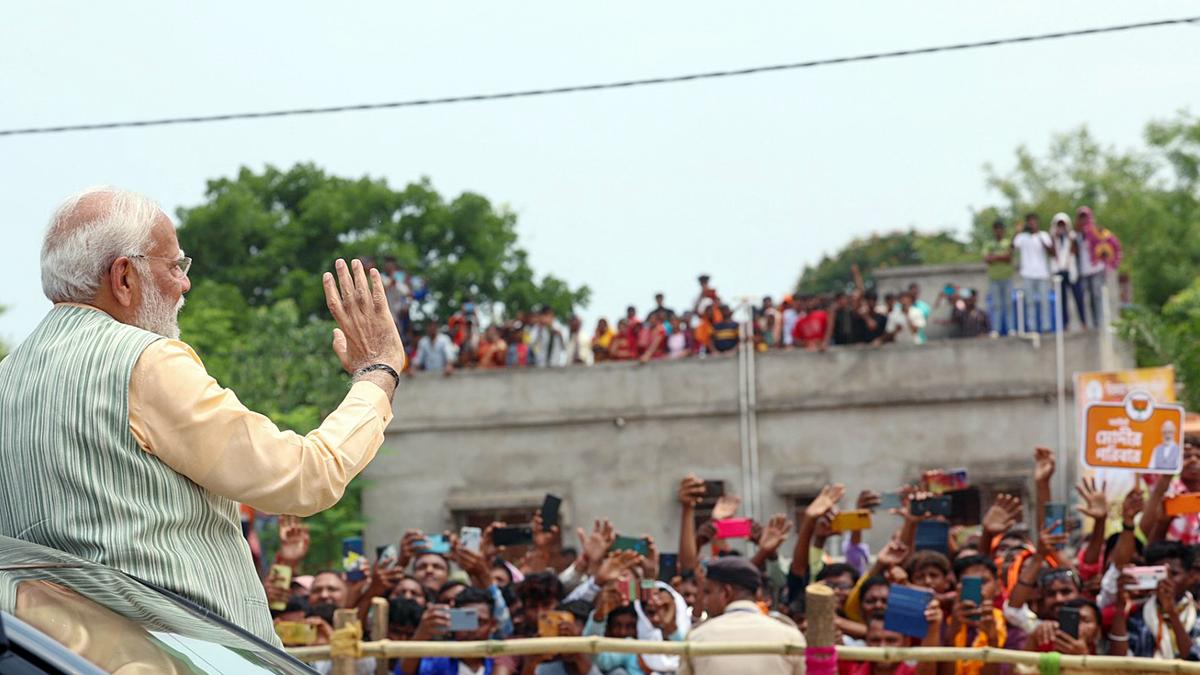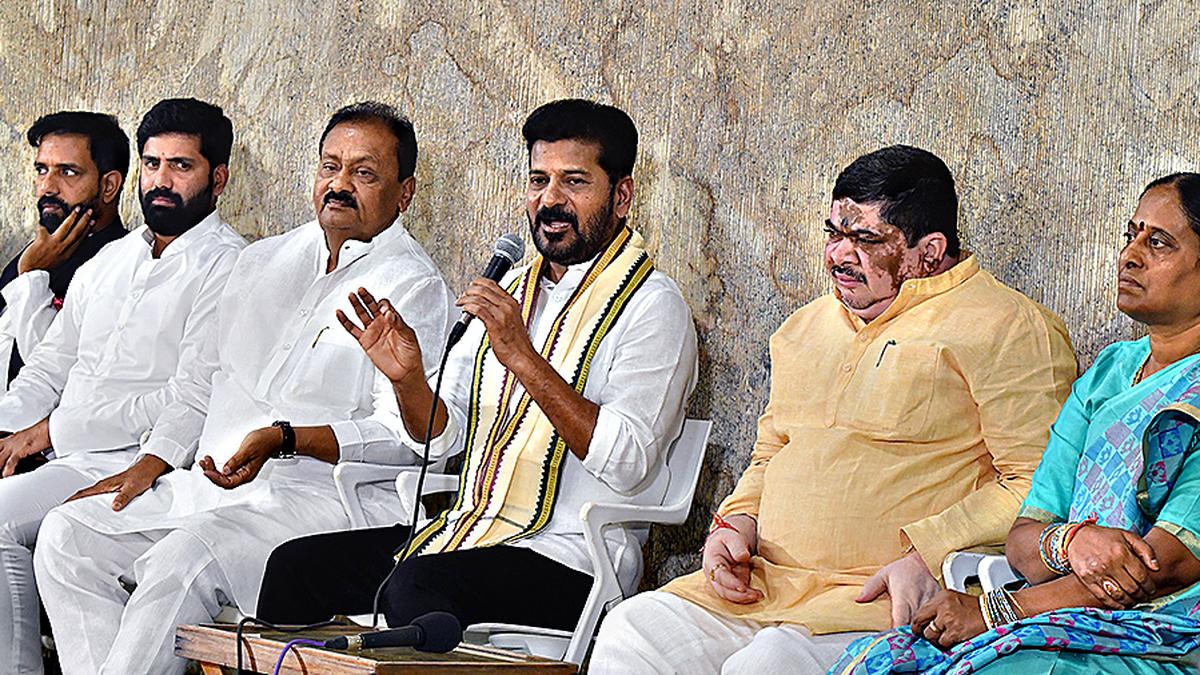With a third of the Assembly seats in Chhattisgarh reserved for tribal people and almost a third of its population too belonging to various Scheduled Tribes, winning their support is crucial for any party that wishes to emerge victorious in the State.
The Congress, which was strongly supported by the tribal communities in the last elections, tried to hold on to these communities in various ways. Chief Minister Bhupesh Baghel, for example, vigorously attacked the Centre for attempting to implement a Uniform Civil Code. With a bid to be seen as standing for the tribal people, the Chief Minister claimed that such a move would go against their customary rights. With Prime Minister Narendra Modi leading the charge, the BJP, on the other hand, sought to win their support by emphasising its development work for the tribal people, political representation provided to leaders from their community, and other things.
The BJP bounced back to power in Chhattisgarh riding on the back of big gains that it made in the tribal belts of Bastar and Surguja. The Lokniti-CSDS study throws light on some of the reasons that led the tribal people to side more with the BJP in the face of competing poll pitches made by both parties.
The incumbent government, for one, could not convince the tribal people, as much as it would have liked, about the work it had done to protect their rights. Voters were sharply divided on this issue, with 32% tribal people feeling that both the Central and State governments had worked equally in this regard.
The vote of the STs was likewise divided between the BJP and the Congress. The majority of those who believed that the Centre worked more for protecting tribal rights voted for the BJP, while those who sided with the State government chose the Congress. But among those who credited both governments, the BJP had an advantage over the Congress.
Religious conversation of tribal people emerged as a major flashpoint between the Congress and the BJP during the campaign. The Ghar Wapsi campaign, launched by the BJP, was presented as an attempt to bring back tribal people to Hinduism. While it naturally drew Congress’ ire, close to half the voters supported this move. Among them, quite significantly, a majority voted for the BJP.
Sanjay Kumar is professor and co-director Lokniti-CSDS

 5 months ago
78
5 months ago
78




